Table of Contents
High School Bahasa Indonesia
High school students have transitioned into online learning quite successfully. Despite the shorter lesson time, the objectives can still be achieved.
Grade 9 continues with the topic Geographical Features of Indonesia. The objectives are to collect information from advanced Bahasa resources and to produce and present a simplified report using correct structure, grammar and dictions. They practiced their listening comprehension skills, speaking skills, reading skills and writing skills in Bahasa by working on various assignments about rivers, savannas, lakes, mountains, etc. For example, they watched short videos about famous islets in Indonesia, write about their own islets of choice and made digital posters to promote them. These are samples of their works:

Grade 10 is working hard on their topic about Environmental Issues in Indonesia. The objectives are to examine issues and situations of local importance and to demonstrate global awareness while responding locally in their target language. We have discussed various types of pollution that can be found in Indonesia. Last term we discussed air and water pollution, this term we focus on land and sound pollution. We watched videos about land pollution and the causes. Then, the students were challenged to write about the possible solutions to solve the existing problem and to prevent the same problem from rising in the new capital city of Indonesia.

Grade 11 and 12 are thriving with their topic about literary works in Indonesia. We are still reading and discussing the novel Laskar Pelangi or in English, the Rainbow Troop. Students were challenged to make illustrations that correspond to particular scenes, to answer reflective questions about the story, to paraphrase the meaning of metaphors and literary devices used in the story and to record their voice reading aloud with correct intonation, intensity and vocal variety that match the story.
Middle School English
Middle school English Language Arts at SIS has taken on a completely different feel with the new online virtual learning format we have adopted in light of present circumstances. So what does that mean? Well, one difference between the new and old lessons is that students are required to engage in readings that are posted online and respond to questions that are posted online as well.
In the past, such an assignment might be done on a hard copy or physical piece of paper. Students have also been given online quizzes that have an audio component. In place of Book Clubs or literature circles, the students have been asked to find readings on the SIS online library and through other resource sites such as Newsela, Readworks, Ted-talks, EPIC!, google forms, Quizizz, and Audible Books and regularly respond to discussion prompts that are posted on google classroom, Students have also taken more online quizzes than usual and tend to be reading more nonfiction when typically we would spend more time on fictional works. But it’s all designed with one common goal: To boost students’ literacy and comprehension and recall. How we get there is determined in large part by the resources we have at our disposal.
Readings are also determined in order to compliment the subject matter that students are learning in social studies. In addition to these lesson adaptations, students have engaged in limited virtual conference classrooms however these meetings are likely to increase in the coming weeks particularly in light of student interest in this learning format. Essentially the Middle School English classroom is going through constant evolution which makes teaching fun but not without much reflection in terms of best practices. Recently Ms. Kim and I gave the students a survey to find out what was working and what they found lacking in the instruction. We will take the students feedback in order to make adjustments and create a learning environment that is more student-centered. We look forward to the students’ continued progress!


















